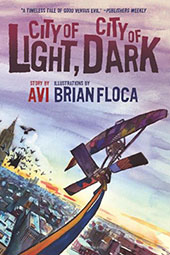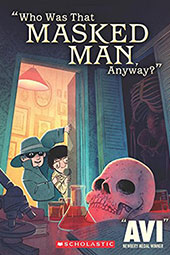
Photography has long fascinated me. When I visit art museums it is the photography section to which I inevitably go. I have, moreover, spent a good deal of time reading and learning about it. At one point, when living in Providence, Rhode Island, I took photography classes at the Rhode Island School of Design, at a time before digital photography became the norm.
And more. I set up a darkroom in the basement of my house and worked with film. I had an enlarger, and pans of chemicals to develop the images I took, along with a book of careful detailed records of how I developed individual pictures. There, shrouded in red light (which did not affect the photographic process) I spent many a night creating black and white images. There was a mystery and adventure about it all which I loved. Anyone who has watched an image blossom up in a pan of developer fluid will know what I mean.
[I wish I could share one of my photographs, but they are all stored away — I’m not even sure where.]
At the time I was immersed in all of this I wrote three books, which, I believe, were greatly influenced by my engagement with images.
The first book was City of Light, City of Dark, a graphic novel (created with Brian Floca). While creating a fantasy adventure, the great emphasis was on the visual depiction of story, environment, and character. When I first suggested such a book to my editor, Richard Jackson, he had no idea about what I wanted to do. Only when I sent him a copy of Art Spiegelman’s Maus, did he understand what I had in mind.
The second book influenced by photography (in a reverse way) was “Who Was That Masked Many Anyway?” This is a novel that is one hundred percent dialogue, without any description of place, with not one “he said,” or “she said.” It is a homage to my youthful days of endlessly listening to children’s radio adventure stories.
Two books: one with nothing but visualization, the other without any visualization.
The third book, Seer of Shadows, is a ghost story, set in the 19th Century. It tells a tale about a boy who is apprenticed to a photographer who makes fake “spirit pictures,” images that professed to show ghosts of departed family. (Such images were enormously popular in the 1870s, a time when most people didn’t understand how photographs were made.)
In my story, the boy discovers that his photographs really do show images of the departed, and the subsequent adventure that follows.
As part of the story, there are descriptions of the way film photography was done, based, in part, on my darkroom work.
[After my father — who had dabbled in photography — passed away, I found a roll of film in his home, which he had never processed. I took it to my darkroom and brought up the images. One such image was of my twin sister (aged two?) standing next to my mother. It had to have been taken fifty years before.
My mother was wearing a fur coat, which, to my astonishment, I instantly recalled. More than that: the moment I saw it, I recalled what that fur coat smelled like. The scent-memory of that coat lasted only seconds, after which I never could retrieve it.]
I had to give up the darkroom when I learned how toxic were the photo chemicals I was using. Added to that I also realized the basement in which I was working was coated with asbestos. Not — to put it mildly — a safe environment.
As I learned more about photography I became an admirer of the work of Cartier-Bresson. One particular image he made fascinated me. Because of copyright restrictions, I can’t show it here. But if you Google Cartier-Bresson Girl On The Steps, you will see his picture of a girl (in Greece) running between two buildings. Capturing as it does, a fleeting image of a girl between places, it remains, for me, a personification of what Children’s Literature is all about, catching a moment in a young person’s life.
William Henry Fox Talbot, (1800–1877) who in 1835 became one of the inventors of photography referred to his process as “The Art of fixing a shadow.”
Those words always also seemed a perfect description of the writing of novels.


